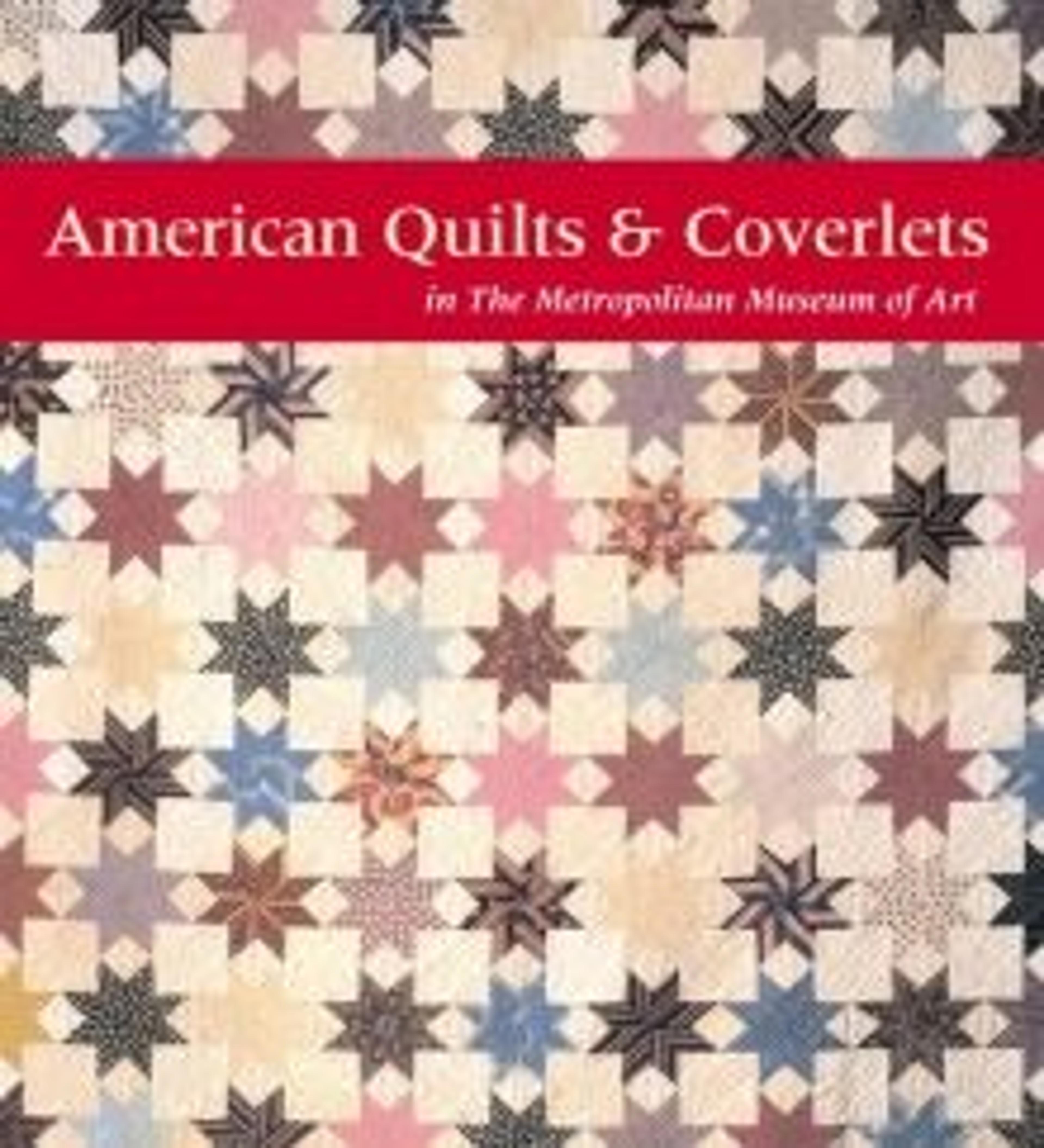Coverlet
This coverlet is woven with red and blue wool warps and red and blue wool wefts in two panels and seamed at the center. The field shows a menagerie of animals, including giraffes, leopards, monkeys, and birds. The borders have images of an alligator eating a snake alternating with a pouncing leopard. In contrast to the predominant jungle motifs, domesticated fowl are depicted on the corner blocks.
Artwork Details
- Title:Coverlet
- Date:ca. 1840–50
- Geography:Made in Ohio, United States
- Culture:American
- Medium:Wool, woven
- Dimensions:85 x 73 in. (215.9 x 185.4 cm)
- Credit Line:Rogers Fund, 1956
- Object Number:56.113
- Curatorial Department: The American Wing
More Artwork
Research Resources
The Met provides unparalleled resources for research and welcomes an international community of students and scholars. The Met's Open Access API is where creators and researchers can connect to the The Met collection. Open Access data and public domain images are available for unrestricted commercial and noncommercial use without permission or fee.
To request images under copyright and other restrictions, please use this Image Request form.
Feedback
We continue to research and examine historical and cultural context for objects in The Met collection. If you have comments or questions about this object record, please contact us using the form below. The Museum looks forward to receiving your comments.
